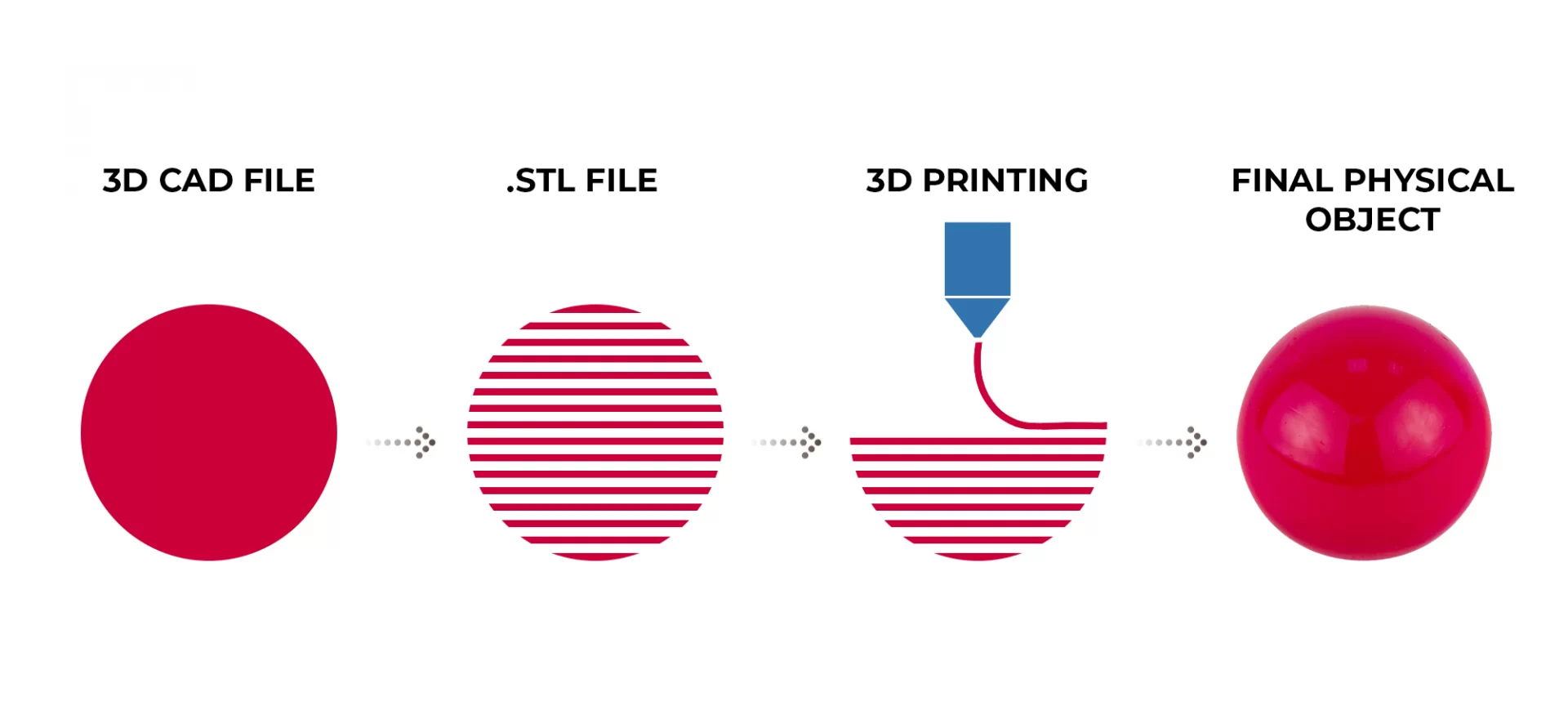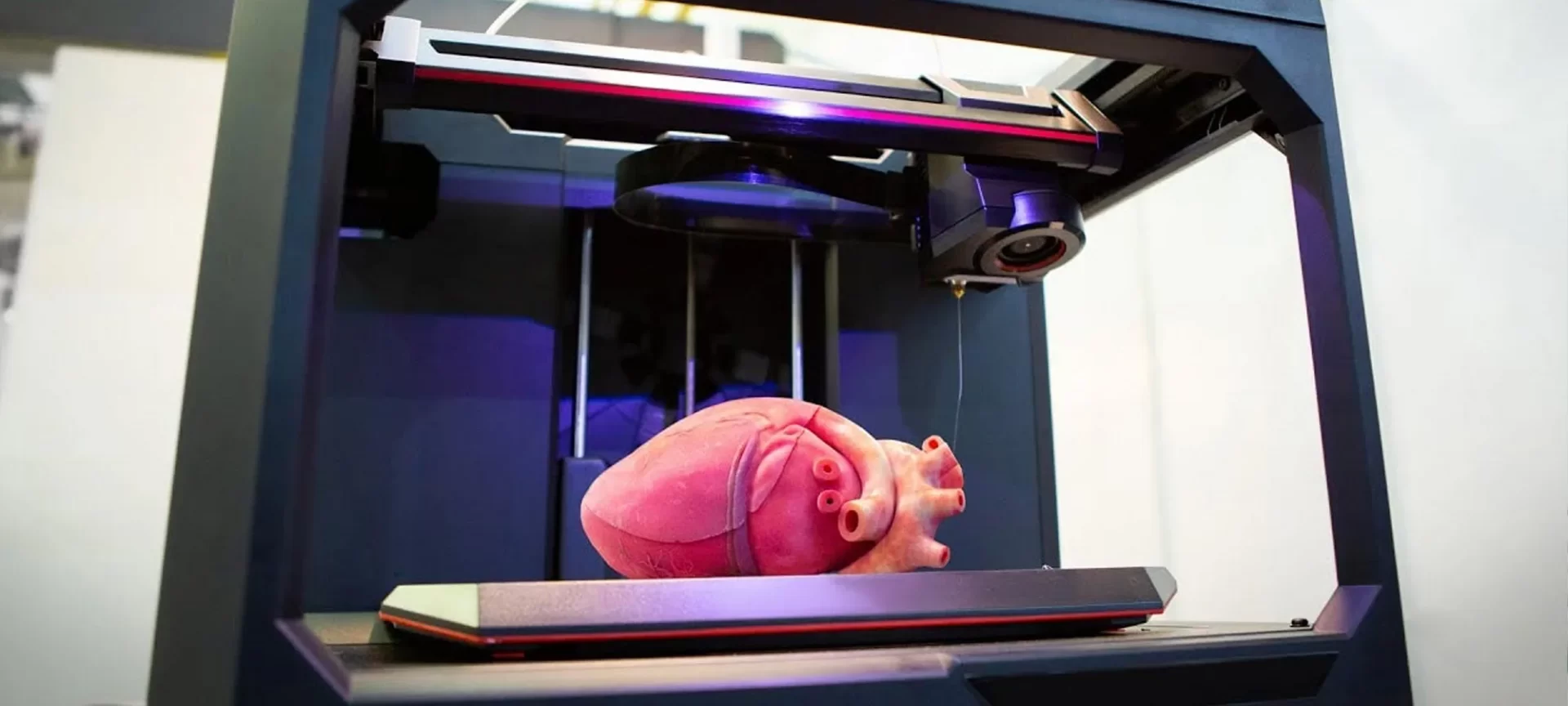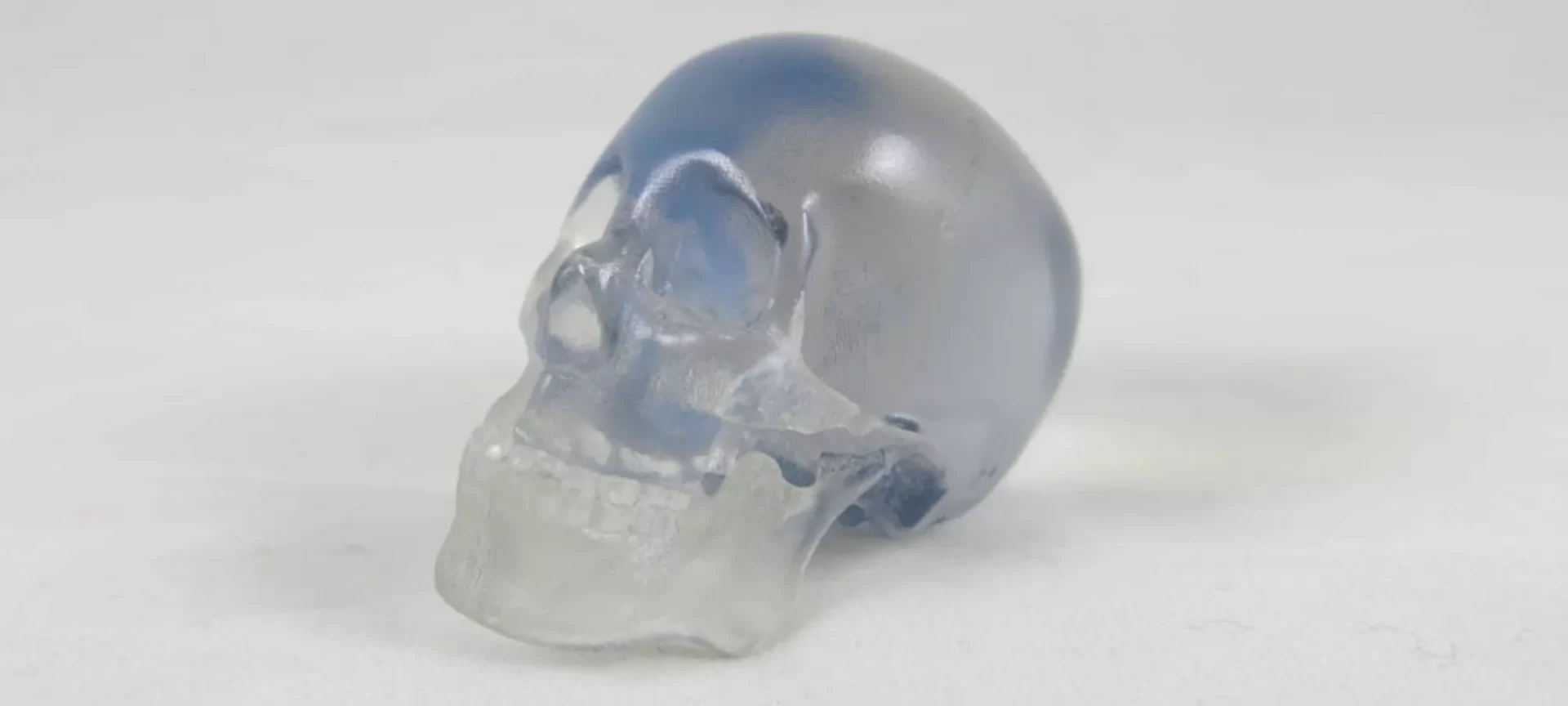The medical field has been relying heavily on 3D printing for quite a while now. Modern medical techniques involve creating an artificial limb, organ, or prosthetics to aid students in learning or to help patients in various ways.
3D modeling in the medical field prepares young doctors to learn about the functions of different body parts and helps teachers educate better by walking them through each part of particular human anatomy.
This gives medical students a chance to polish their skills and become excellent problem solvers, and improve their hands at surgeries.
A 3D printer allows custom-made 3D models that add immense dimension and opportunities in solving medical issues and discovering cures and alternatives to more traumatic experiences for the patients.
Not only body parts and prosthetics but 3D printing is also used in creating most surgical tools and medical devices. You can use 3D printing to produce a wide range of surgical instruments, including clamps and forceps.
3D printing allows you to manufacture items at a lower cost and with greater sterility as compared to tools made using stainless steel. Moreover, using this technology, you can replace the tools as and when required. You can also create tools in different tools as compared to their standard designs.
What is 3D Printing and How Does it Work?

3D printing is achieved by a digital model in a 3D CAD (Computer-Aided Design) file, which then produces a physical 3D model. The object is scanned on the spot or is already scanned which is processed by a software called a “slicer.”
The slicer then converts the model into a series of thin, 2D layers and produces a file with instructions (G-code) tailored to the specific type of 3D printer. 3D printing technology is developing rapidly nowadays and offers a range of benefits.
These advantages include enhanced accuracy, customization, as well as the ability to produce items quickly and at a lower cost. We could print as many models as we wanted.
What is the Role of 3D Printing in the Medical Field?

Modern 3D printing, also known as additive printing, has increasingly become essential in the medical field to enhance treatment for different illnesses where doctors can apply 3D printing to produce objects that particularly match their patient’s human anatomy. This technique has been used by various industries, like medical technology.
Medical imaging techniques, such as X-rays, CT scans (computed tomography), MRI (magnetic resonance imaging), and ultrasounds are used for producing the original digital model, which is then fed into the 3D printer.
The modern medical uses of 3D printing can be divided into various major categories. These categories include fabricating organs and tissues, producing prosthetics, implants, and even pharmaceutical research.
One of the types of 3D printing that is applied in the medical technology field is bioprinting. Instead of printing using conventional materials, these printers use a pipette for layering living cells to create tissues in a lab.
Another application of 3D printing in the medical field is producing replicas of organs that are customized to the patients’ needs. As a result, surgeons can practice the entire procedure before performing it. This process reduces the time required for procedures, as well as minimizing the discomfort faced by patients.
Every year, 3D printing enables medical experts to print replacements for a range of body parts, especially bony parts. These include ankles, hips, and knees, and these are implanted into patients. Moreover, 3D printing offers greater speed than conventional techniques.
You can use a printer to produce hearing aids, eyeglasses, and even dental implants. In other words, the possibilities are endless when producing medical items with 3D printing and the technology will continue to evolve.
Researchers are constantly working on enhancing their capability and capacity to produce a wide range of structures. They started with blood vessels and skin and then proceeded to work on even heart valves.
In fact, the technology is now at a level where experts can produce organs as well as tissue cells, which can help researchers with finding a cure for cancer by observing the way tumors grow and develop.
For more information about 3D Printing in Hospitals, check out The Role of 3D Printing in Medical Applications
3D Printed Skulls in the Medical Field

Digital skulls are created to fit the requirements of the education of anatomy that combines the application of five 3D manipulation tools that makes production happen within 6 hours.
Afterward, the model is printed and contrasted with the skull from different perspectives. The model printed can show the actual structure and details of the skull that is viewed as a better alternative to the cadaveric skull. This process can be simply operated. The 3D model created is also cheap.
Anatomy is the foundation of current medical education. Conventional teaching comprises usually the utilization of different techniques, including 2D atlases as well as 3D images. Since we cannot touch virtual images, their impact on medical education is minimal.
The 2D atlases are dependent on students’ sharp spatial imagination capabilities. Cadaveric skulls are an effective way of teaching anatomy. The complexities of the brain can be easily studied by printing a 3D skull.
Students can easily lacerate, probe, and open the models without making any mess and learn in the process on various 3D printed skulls, as the desired size and shape can be printed according to preferences and different illnesses or cases presented by the patients.
They can also be used to show interested patients about the procedure that will be performed on them so they can understand their sickness better.
A 3D model can greatly aid in learning and practicing, as a human skull is a complex and vital structure. The FDM (Fused Deposition Modeling) technology 3D printer, like Ultimaker 2 GO, is suitable to print the model.
If the model made with propylene is painted with twelve different colors, it can distinguish different parts on the atlas, which greatly helps the students learn easily. The 3D model of the skulls can be designed and changed for specific cases and for teaching students about every part in more detail.
Since the development of 3D technology, and the building volume of the printer is plenty and the procedure is systematic, not only the skull but also various parts or organ models of the human body can be 3D printed and used as apparatuses in medical education.
A fascinating thing about 3D printing in the medical field is that it allows the patient to design a prosthetic that directly matches their needs. For instance, Body Labs allows labs to customize and produce specific prosthetics as per the needs of each patient.
Conclusion
Modern 3D printing has flourished in every field, whether it is the toy-making industry, architecture, or the medical field. It has been a part of education in STEM projects and for better and more entertaining teaching sessions.
3D printing is a widely used option as it is fast, less time-consuming, and energy-saving. Furthermore, 3D printing can speed up the learning process as it takes only 5 to 6 hours to print and produce a 3D model, so students can learn through all of the dimensions of a 3D skull and any other organ or limb.
The medical industry today is taking full advantage of modern 3D printing techniques to fully aid doctors and medical students during surgeries and education.
Patients also get to be an active part of their treatment process, which helps them stay motivated, be more aware of their illness and all the procedures, and come up with better solutions along with medical experts.
The future of 3D printing in the medical field looks bright and full of opportunities for finding cures and enhancing teaching methods.







